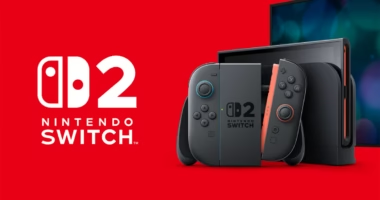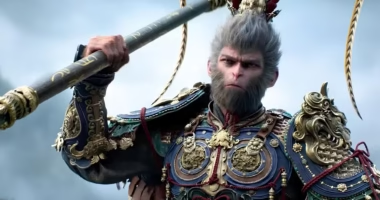The Evolution of Super Mario: From 8-Bit Adventures to Modern Masterpieces
Since his debut in 1985, Super Mario has become one of the most iconic video game franchises in history. Over the decades, Mario has evolved from simple 8-bit adventures into complex, visually stunning games across multiple platforms. Here’s a look at the evolution of Mario and what makes this franchise timeless.
Early Days: The 8-Bit Era
Super Mario Bros. (1985)
The journey began with Super Mario Bros. on the Nintendo Entertainment System (NES). With 8-bit graphics, catchy music, and side-scrolling platforming, it became an instant classic. Players navigated Mario through pipes, Goombas, and Bowser’s castles, laying the foundation for platforming games.
Super Mario Bros. 3 (1988)
Building on the original, Super Mario Bros. 3 introduced overworld maps, power-ups like the Super Leaf, and diverse worlds. It combined challenging gameplay with creative level design, solidifying Mario as a household name.
The 16-Bit Era and 3D Transition
Super Mario World (1990)
On the Super Nintendo Entertainment System (SNES), Super Mario World brought enhanced graphics, new mechanics like Yoshi riding, and expansive levels. This era emphasized exploration and replayability.
Super Mario 64 (1996)
The franchise took a revolutionary turn with Super Mario 64 on the Nintendo 64. Transitioning into 3D gameplay, it offered players freedom to explore open worlds, collect Power Stars, and enjoy dynamic camera control—a major leap forward for platformers.
Modern Era: Innovation and Expansion
Super Mario Galaxy (2007)
With Super Mario Galaxy on the Wii, the series embraced innovative gravity-based mechanics, stunning visuals, and orchestral music. Players explored spherical worlds, combining classic platforming with new challenges and a sense of wonder.
Super Mario Odyssey (2017)
The Nintendo Switch title Super Mario Odyssey pushed the franchise further with open-world exploration, Cappy mechanics, and diverse kingdoms. Odyssey merged nostalgia with innovation, appealing to both longtime fans and new players.
Spin-Offs and Crossovers
Mario Kart and Party Games
Beyond mainline platformers, Mario expanded into racing, sports, and party games. Titles like Mario Kart 8 Deluxeand Mario Party 10 showcased the character’s versatility, ensuring the franchise’s relevance across genres.
Super Smash Bros.
Mario’s presence in Super Smash Bros. further cemented his status, allowing players to experience action-packed battles alongside other iconic Nintendo characters.
Conclusion
The evolution of Super Mario reflects innovation, creativity, and adaptability. From the simple 8-bit adventures of the NES to the immersive 3D worlds of Odyssey, Mario has continually pushed the boundaries of gaming. The franchise remains a benchmark for platforming excellence, engaging gameplay, and timeless appeal, proving that Mario will continue to captivate generations of gamers worldwide.









